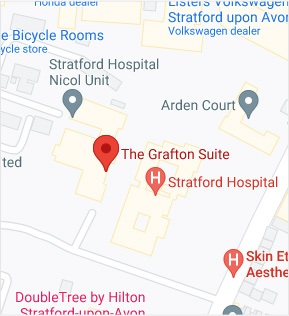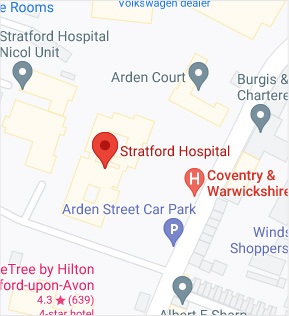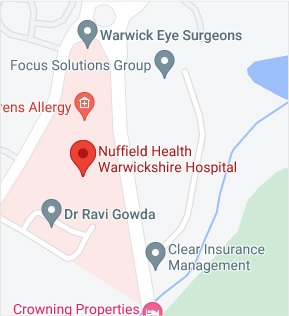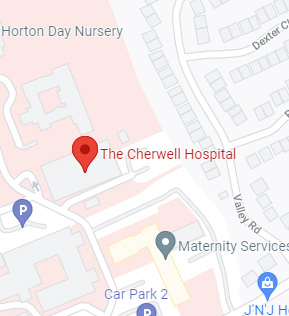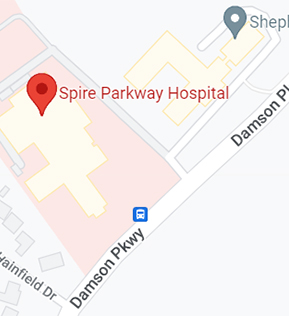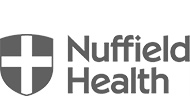What is Distal Radioulnar Joint (DRUJ) Instability?
Distal radioulnar joint instability is the abnormal orientation or movement of the radius and ulna bones at the wrist in relation to one another. Injury to the tendons, ligaments and/or muscles stabilising the joint may cause partial or complete dislocation.
Anatomy
The articular surface of the radius bone referred to as the ulnar notch, and the head of the ulna bone form the distal radioulnar joint. A complex structure called the triangular fibrocartilage complex (TFCC) contributes to wrist stability.
Symptoms
A deformed wrist may be a sign of DRUJ instability. Other symptoms include:
- Wrist pain
- Inflammation
- Weakness
- Decreased range of motion
Risk Factors
The common risk factors include:
- Trauma
- Fall on an outstretched hand
- Congenital bone defects
- Sports such as baseball, racquetball or tennis
Diagnosis
Your doctor will assess your symptoms, take your medical history, and perform a physical exam. Imaging tests such as X-ray, MRI or CT-scans may be ordered.
Diagnosis is confirmed in the following cases:
- Injury to the TFCC
- Widening of the joint space between the radius and ulna
Treatment
Non-surgical Treatment
Your doctor will prescribe pain medication as needed. Use of ice packs may be suggested to reduce inflammation. Other non-surgical treatment options include:
- Massage therapy
- Physiotherapy
- Acupuncture
- Immobilisation by a splint or cast
Surgical Treatment
Surgery is recommended by your doctor if you do not respond to non-surgical treatment options, and involves the following:
- The surgery may be performed under general or local anaesthesia.
- A few small incisions are made at the wrist near the radioulnar joint.
- An arthroscope, a small, fibre-optic instrument consisting of a lens, light source, and video camera, is inserted. The camera projects images of the inside of the joint onto a large monitor, allowing your surgeon to look for any damage, assess the type of injury and repair the problem.
- Debridement, or cleaning out the damaged tissue, is performed by your surgeon.
- K-wires are used to suture the separated ligament.
- The incision is closed, and a bandage is applied.


 REQUEST AN APPOINTMENT
REQUEST AN APPOINTMENT



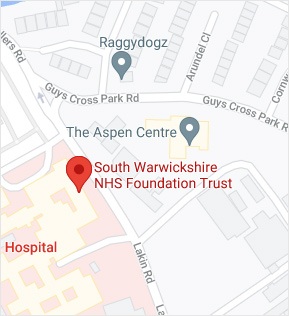
 Ext 4798
Ext 4798